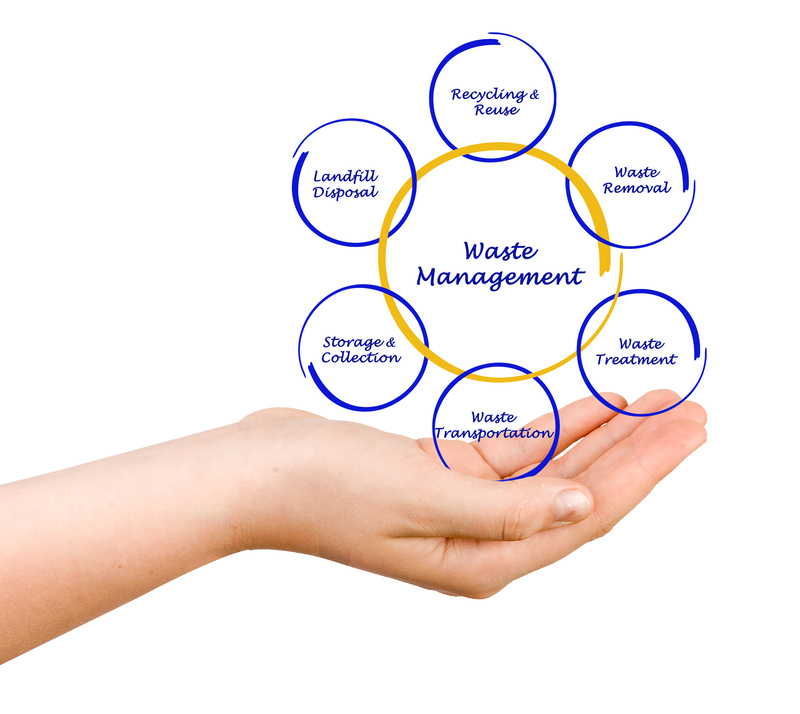Sustainable Energy from Unlikely Waste Sources
In the quest for clean energy, sustainable solutions from unconventional sources are increasingly gaining traction. As the world strives to achieve carbon neutrality and address environmental concerns, harnessing energy from waste presents a promising pathway. This article explores innovative methods of extracting energy from seemingly unlikely waste sources and how they contribute to a greener future.
The Concept of Generating Energy from Waste
The basic idea behind generating energy from waste is to utilize discarded materials that are often considered useless. By implementing innovative technologies, these waste materials become valuable resources, reducing environmental impact while producing renewable energy. This concept not only helps in tackling waste management challenges but also aids in reducing our dependence on fossil fuels.
Promising Unlikely Waste Sources for Energy
Innovations in technology have opened doors to energy extraction from unlikely waste sources that were previously untapped. Here are some notable examples:
- Municipal Solid Waste (MSW): Landfills filled with household waste are potential energy goldmines. Technologies like waste-to-energy (WTE) plants use combustion, gasification, or anaerobic digestion to convert municipal solid waste into electricity or heat.
- Agricultural Waste: Farmers generate vast amounts of biomass waste, including crop residues and manure. Through techniques like anaerobic digestion, this waste can be transformed into biogas, a renewable energy source.
- Industrial Waste: Industrial processes often result in large quantities of waste by-products. Options like pyrolysis can convert this waste into raw energy products such as bio-oil or syngas.
- Wastewater: Municipal wastewater treatment plants are converting sludge into biogas using anaerobic processes, creating a dual benefit of reducing waste and generating energy.
Technological Innovations in Waste-to-Energy Conversion
Technological advancements play a crucial role in optimizing the conversion of unlikely waste sources into energy. Some of the key technologies include:
- Pyrolysis: This process thermally decomposes organic materials in the absence of oxygen to produce syngas, bio-oil, and biochar, all of which can be used for energy production.
- Gasification: Gasification converts carbonaceous materials into carbon monoxide, hydrogen, and carbon dioxide. The resulting syngas can generate electricity or serve as a feedstock for further chemical processes.
- Anaerobic Digestion: Through this biological process, microorganisms break down organic waste materials in the absence of oxygen to produce biogas, primarily composed of methane and carbon dioxide.
- Combustion: The oldest and most straightforward form of waste-to-energy conversion, where waste materials are burned to produce heat and energy.
Environmental and Economic Benefits
Utilizing unlikely waste sources for energy generation offers numerous benefits:
Environmental Impact
- Reduction in Waste: Conversion processes reduce the volume of waste ending up in landfills, mitigating pollution and leachate issues.
- Greenhouse Gas Emission Reduction: Utilizing waste for energy reduces methane emissions from landfills, a potent greenhouse gas.
- Decreased Dependency on Fossil Fuels: Generating energy from waste sources reduces the reliance on non-renewable energy resources.
Economic Advantages
- Energy Cost Savings: By producing energy locally from waste, communities can save on energy procurement costs.
- Job Creation: The developing waste-to-energy sector creates jobs in engineering, waste management, and energy production.
- Revenue from By-products: Selling by-products like biochar, which can be used in agriculture, provides an additional revenue stream.
Challenges and Future Prospects
Despite the promising nature of integrating energy production from unlikely waste sources, several challenges must be addressed:
- Technological Maturity: While technology exists, scaling it up and making it economically viable remains a challenge.
- Public Perception: Gaining public acceptance is crucial, as there are often misconceptions surrounding waste-to-energy processes.
- Regulatory Hurdles: Navigating regulatory environments and gaining necessary approvals can be complex and time-consuming.
Looking forward, advancements in technology, supportive policies, and increased public awareness are expected to alleviate these challenges. The continuous innovation in waste-to-energy technologies holds the promise of making these sources a key component of our energy portfolio, driving us toward a sustainable future.
Conclusion
The era of sustainable energy from unlikely waste sources provides an exciting frontier in the renewable energy sector. By innovatively harnessing energy from waste, we can address critical environmental concerns and make significant strides in achieving a sustainable, energy-efficient world. As technologies continue to evolve, the role of waste in powering our future will undoubtedly expand, offering a beacon of hope for greener and cleaner energy solutions.

